BY MICHAEL ROBLETO
Real Estate Professional with Compass Pasadena. Specializing in the buying and selling of Pre-War, Historic and Architecturally significant homes and lofts in Altadena, Pasadena, Eagle Rock, Highland Park, Silverlake, Los Feliz and DTLA.
LA Architectural Spotlight: The MidCentury Modern & Mid Century Modern Homes for Sale
What is a MidCentury Modern (MidMo)?
What are the Renovation Challenges of a MidMo?
ARE historic homes are recession proof?
HOW CAN I FIND MIDCENTURY HOMES FOR SALE?
Being a realtor the specializes in older homes, I get the benefit of being inside a wide variety of architectural styles. The details of each vary wildly but are all incredibly interesting. Through sharing the details of these styles, I hope that you get a better sense of the style you love or find a new style you perhaps weren’t as familiar with. This is part two of a twelve part series.
What Are the Origins of the Mid Century Modern?
The name of this architectural style is a hint as to the dates of when most of these were built in the 1950’s and 60’s. While this style came a in-fashion style post World War II (1939-1945) the Modern style started in the 20’s with the Art Deco movement of commercial buildings.
What makes MidMo architecture intriguing is that the dramatic change in style can be rooted back to specific architects going back before the peak of the period. Most known is Frank Lloyd Wright and those he influenced. Architects like Rudolph Schindler and Richard Neutra worked briefly for Wright and went on to define the style in Southern California. Wright’s. Neutra’s first major residential project, The Lovell House in the Hollywood Hills was completed in 1925. By the 50’s the style had grown into major momentum and created famous local architects that embraced the style. Names like Kemper Nomland, Charles & Ray Eames, Buff & Hensman and their works are prized like Picasso.
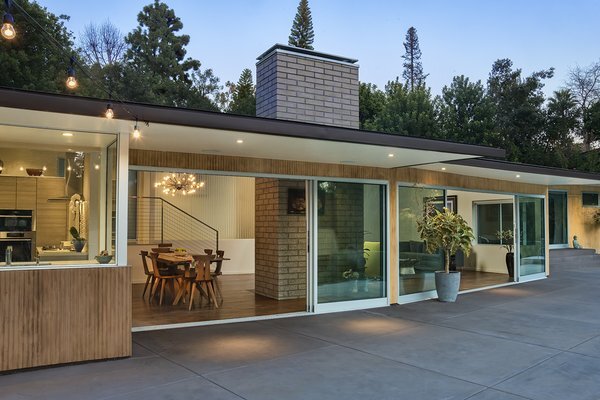
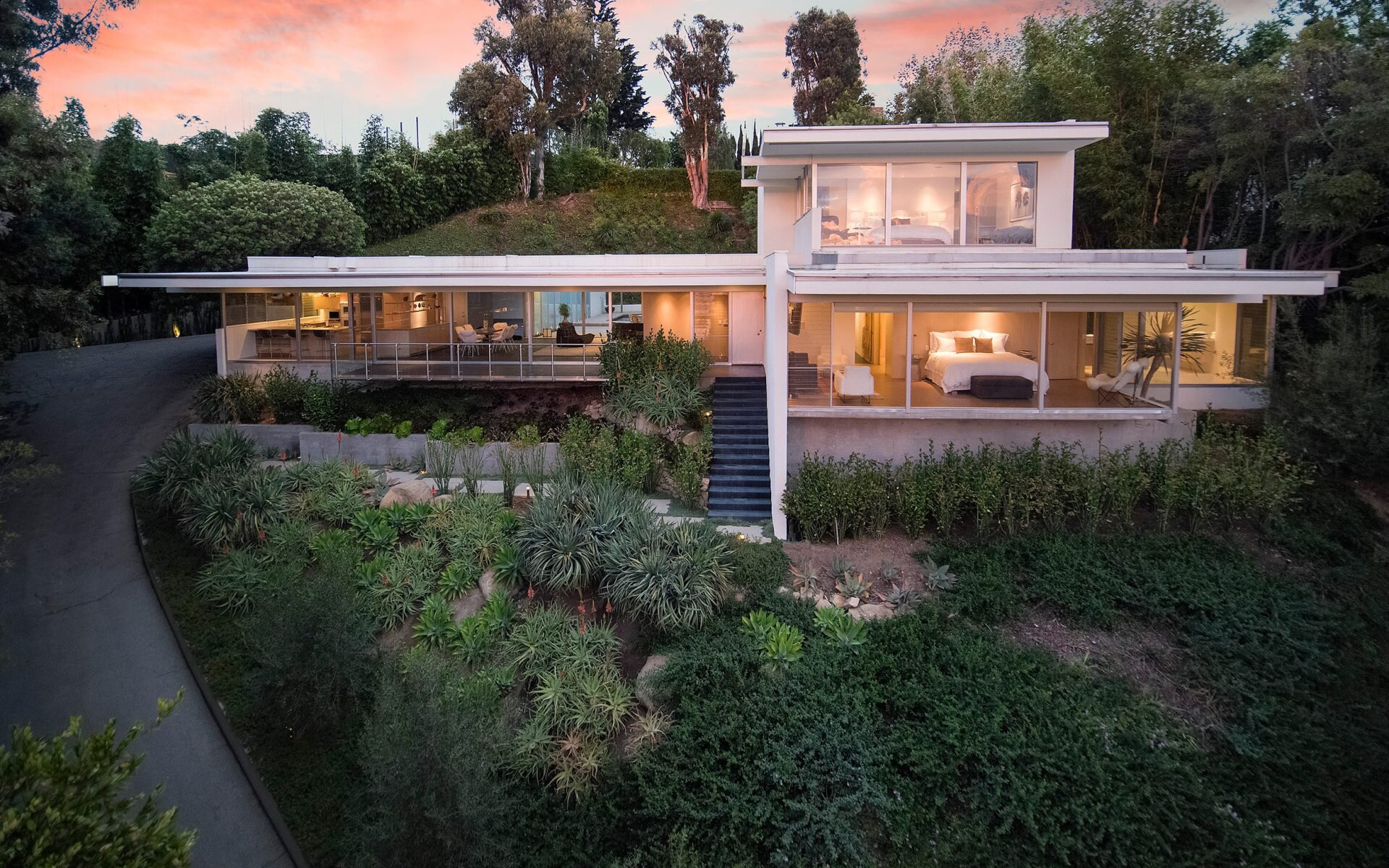
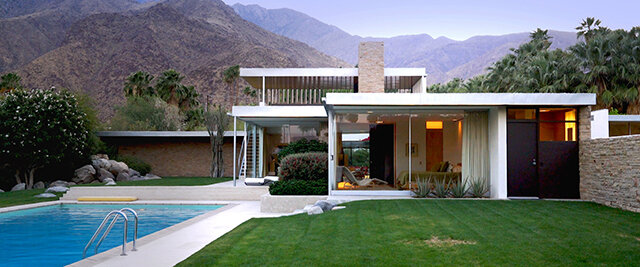

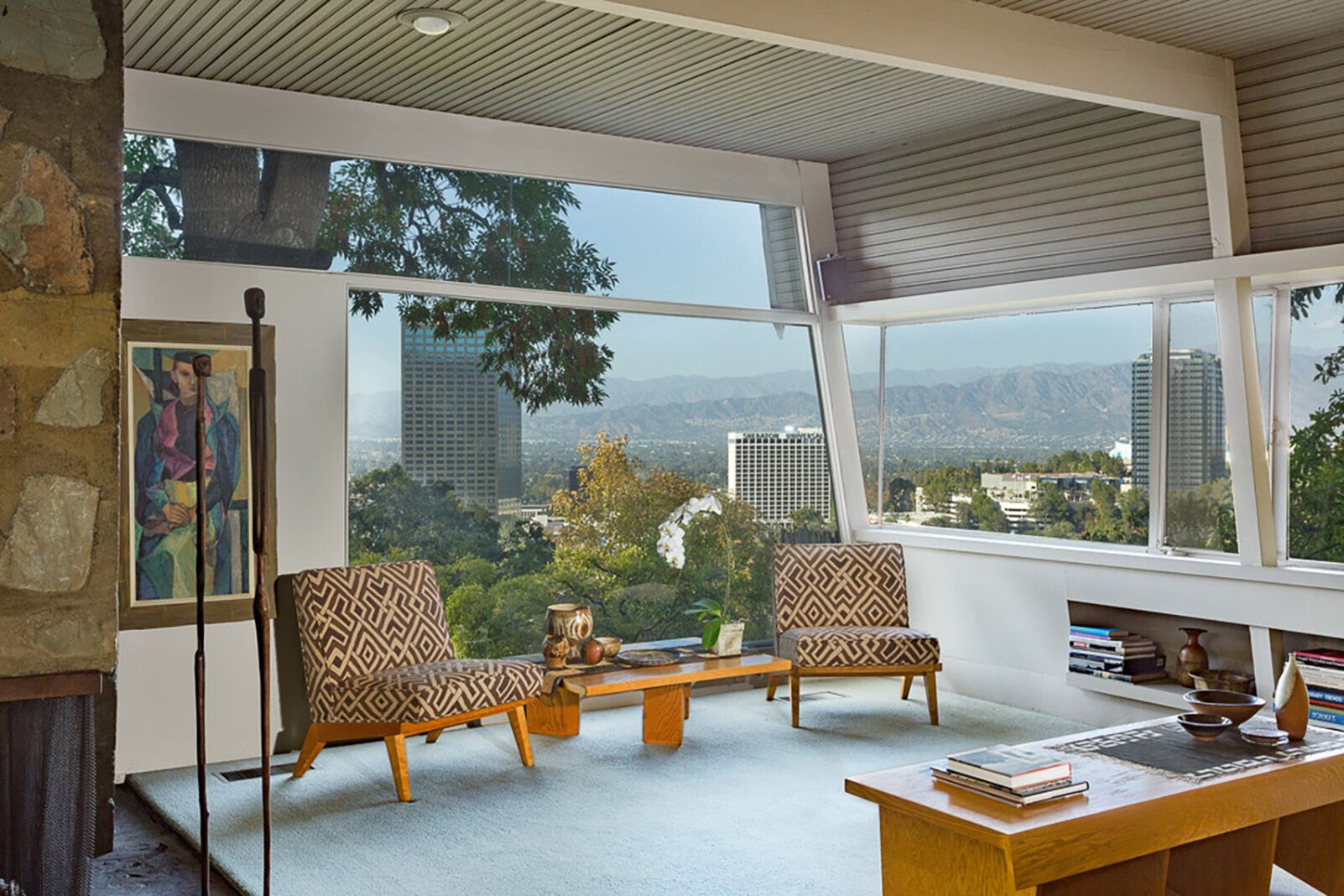
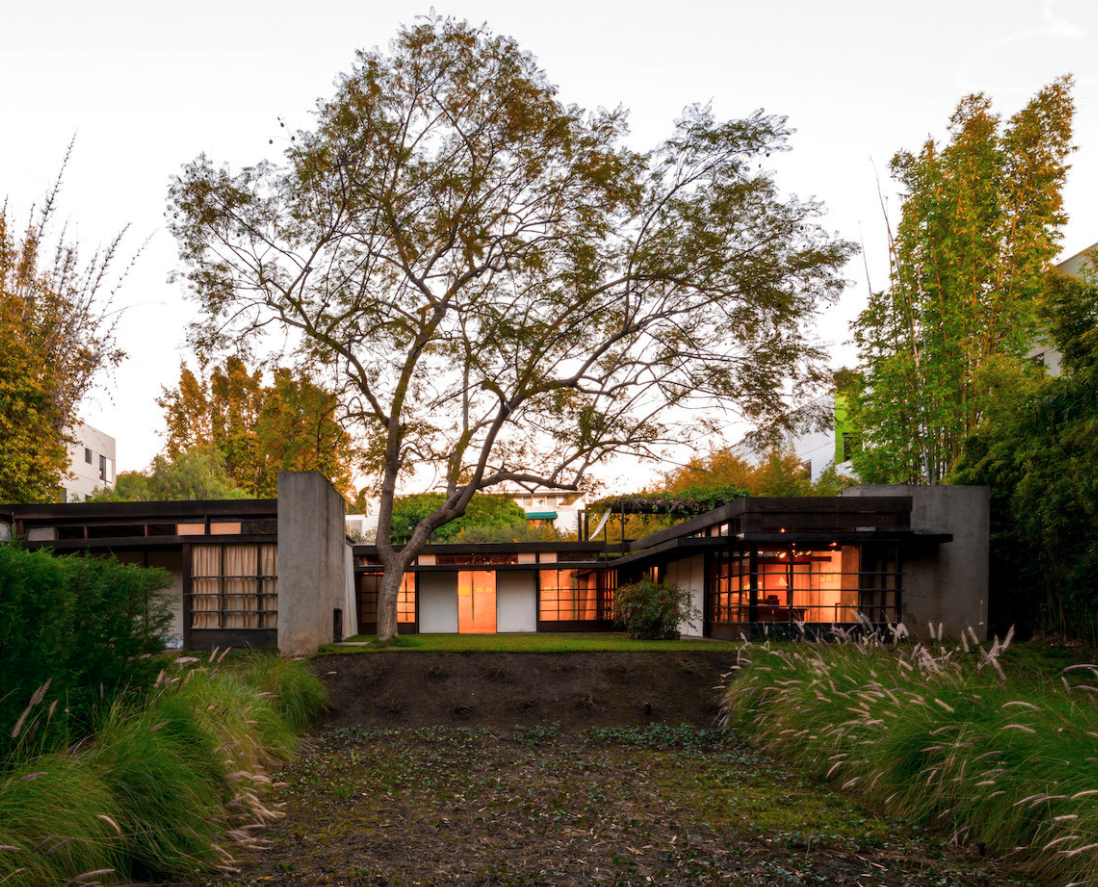
That Isn’t a Real Case Study House
In the peak of the period, the acclaimed magazine Arts & Architecture sponsored a program to showcase the style and launched the Case Study series where homes of the “future” were to built with the latest technologies. 36 homes were built in SoCal as part of the program and makes for a very cool driving tour. Not every MidMo is a Case Study house, don’t be fooled by those claiming to be one if they are not on this specific list.
What Are the Key Elements of a MidMo?
Not every Mid Century Home is a MidMo, and not all modern styles homes are Mid Century Modern. Most modern homes built in this period are built in the Mid Century Ranch style which features a gabled roof. A True MidCentury Modern will have a low-slope or flat roof and highly stylized architectural features. Like we saw in Tudor’s last month, the shape of a roof is what most often defines a style.
The next defining element of MidCentury architecture would be the windows. While most Pre-War styles like Victorian and Craftsman will have wood double hung windows, MidCentury’s will have steel framed casement windows. Single panes with mechanical cranks and levels to lock and articulate, these vary in sized from modest to massive. It is also in this period that we first see sliding glass doors (also steel framed).
We also see the mass application of slab foundations (a departure from raised foundations with basement or crawlspaces). Advancements in concrete production and the resulting affordability lend itself to faster construction which aligned with the post-war demand.
On the interior we see what makes the MidMo so desired, the clean modern aesthetic. Flooring is applied like linoleum, walls are clean (sheet rock replaced lath and plaster in this period), elaborate details like picture rails, wainscoting and coffered ceilings fell out of fashion and kitchens started to be adorned with cutting edge technology like dishwashers and intercom systems.
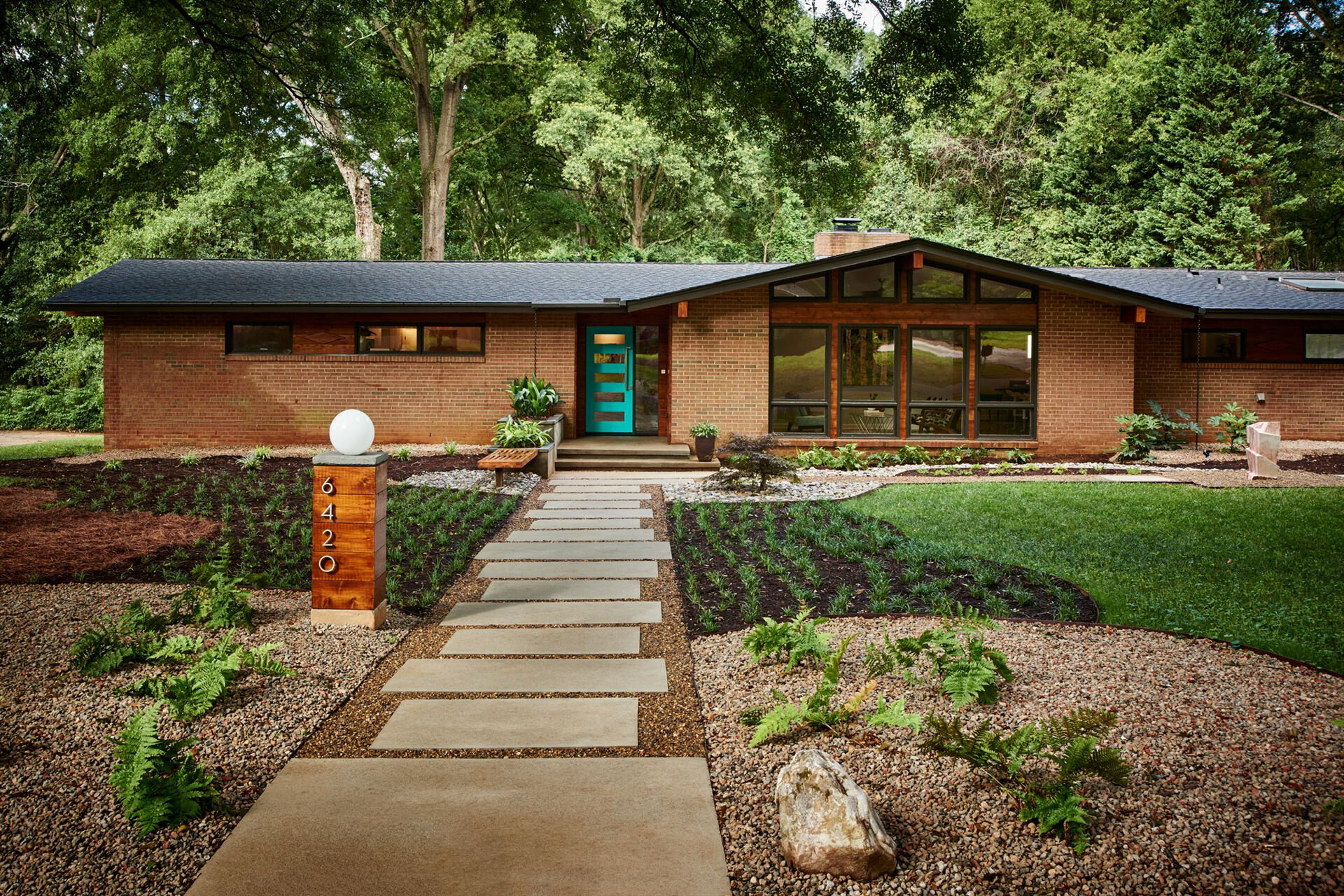
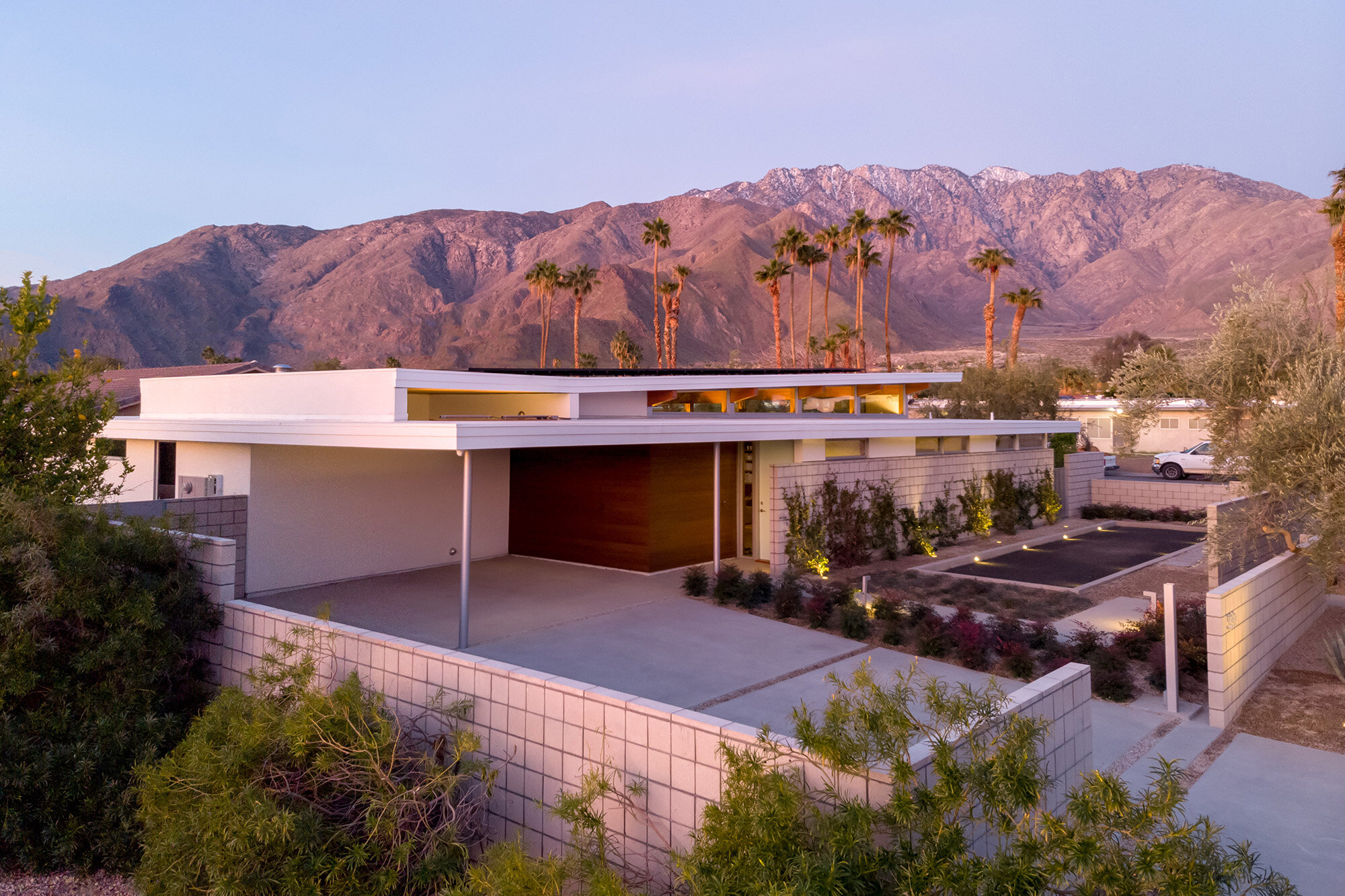

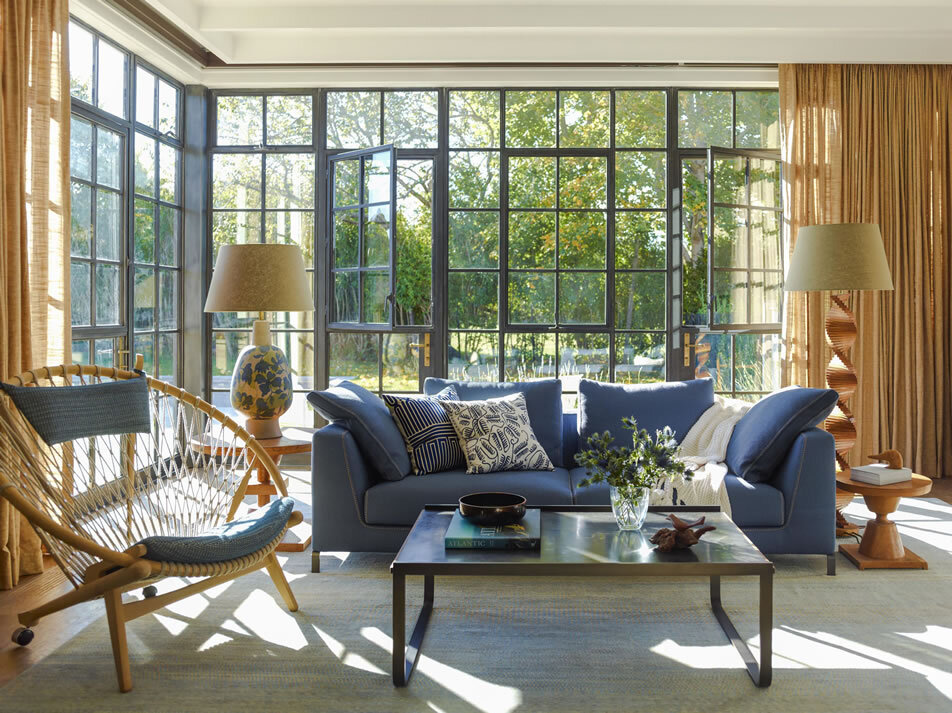
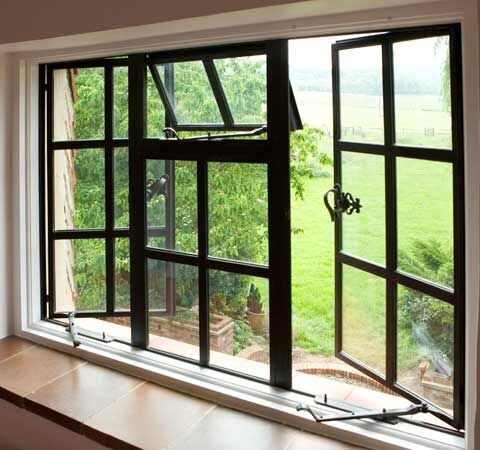
What Are the Pros & Cons of Owning a MidMo?
Like with any older home, there will be challenges. Aesthetics like kitchen countertops and shower enclosures are never something that should hinder an owner as these are often upgraded as trends and technology change. The area of focus for any older home is the five major systems of the house which can be the most challenging to correct if not in proper order.
A MidMo roof has a very gentle slope and covered in a rolled membrane (not shingles or shakes). Gravel granules are there to help protect the roof. The lifespan of these roofs is usually 15-20 years (just like a shingled roof). Have it inspected every few years and keep an eye on areas that have penetrations to that membrane like skylights, and vent stacks. A rolled roof does cost less to replace than a shingle roof which is a bonus.
The foundation of a MidMo is usually pretty maintenance free as there is nothing to shift. Cracks in the slab should never be ignored and proper drainage around the property including rain gutters are a must just like they are on any home.
Central Air Conditioning (HVAC) was just starting to become commonplace in the 1950’s but there is no way the mechanicals of the system would still be in use. Asbestos was commonly used in many duct liners through the 70’s so be aware of any material that may be contaminated.
Electrical wiring in the 1950’s was better than it was PreWar as the inductry went to a metal shielded style. These were still not grounded like the current code requirement so electrical updates will be needed if it hadn’t been already. Lastly, Copper plumbing was widespread in the 60’s so a MidMo may still have galvanized pipes which will expire any day now.
Despite the mechanical challenges, the endless popularity of this style makes preservation and renovation well worth the investment. The houses are well built and timeless in design and the aesthetics of MidCentury Modern architecture blends seamlessly with modern kitchens and baths.
Historic Homes Are Recession Proof
In March 2020 the LA Conservancy released a study on the impacts of Historic Preservation in Los Angeles. The study bubbled up some interesting data when it comes to the 35 Historic Preservation Overlay Zones (HPOZ) in LA.
60% of homes in Los Angeles are more than 50 years old (not all are deemed “historic”)
43.8& of construction activity is Rehabilitation (vs 26% in non HPOZ areas)
HPOZs are more racial diverse than non HPOZs
33% of all HPOZ homes take up less than 40% of the lot, therefore allowing for ADU expansion.
Renovations in HPOZ cost less than non-HPOZs
The growth in Price per Square Foot of an HPOZ house has outpaced non-HPOZ
When it comes to investing in real estate, one of the best ways to beat the natural ups and downs of the market is through renovation. Older homes offer ample opportunity for an owner to dramatically improve the value of their investment. This is why flippers do what they do and make so much money at it. They key to historic renovation is to be sympathetic to the period. This is a delicate balance but is very possible and stunning when done properly.
If you have any questions about owning or selling an older home in Silverlake, Los Feliz, Hollywood Hills, Pasadena, Altadena, Highland Park, Mt Washington, etc, please feel free to contact using the details below. I’m always available to offer insight and guidance.
If you’re interested in other Revival Architectural Styles, here are links to the rest of the series:
The English Tudor Revival Home
Show Me The MidMos
To see Mid Century Modern homes for sale in Los Angeles, below is a custom Compass Collection of these homes in the areas I work in. Some are for sale, some have been sold. If you are in the market to sell or own one of these properties, I can be contacted below.
Compass Collection: LA Area MidMo’s
(If you are looking for Palm Springs MidMos, contact me directly)
Looking to Buy or Sell a Pre-War Home? Fill out the form for a free consultation.
Michael Robleto
REALTOR®-Compass Real Estate
213-595-4720
Michael Robleto is a Los Angeles based REALTOR® that specializes in Historic Pre-War residential properties and those with architectural merit. Michael uses his vast knowledge of historic homes, residential construction and modern day marketing to predict and solve the many problems that arise in real estate transactions. His client accolades of insight, prompt communication, integrity and hard work support the fact that he is not your average agent.
Michael leverages his personal passion for historic architecture to provide his clients the unknown insight on the pros and cons of older homes. Michael, the son of a contractor, a California native, grew up in an older Bungalow home and has spent 23 years in Southern California admiring the unique architecture of the region. Michael brings 20+ years of negotiation and sales experience to his seven year career in residential real estate. He often writes on homeownership strategy, historic residential architecture and related topics which can be found on Facebook, YouTube, Twitter and Instagram under the common profile name of his blog; BungalowAgent or at www.BunaglowAgent.com/blog.
Michael is a committee member and frequent volunteer for the preservation efforts of Pasadena Heritage and the LA Conservancy. When not working you can find Michael on hiking trails statewide with his faithful German Shepherd Axel.


